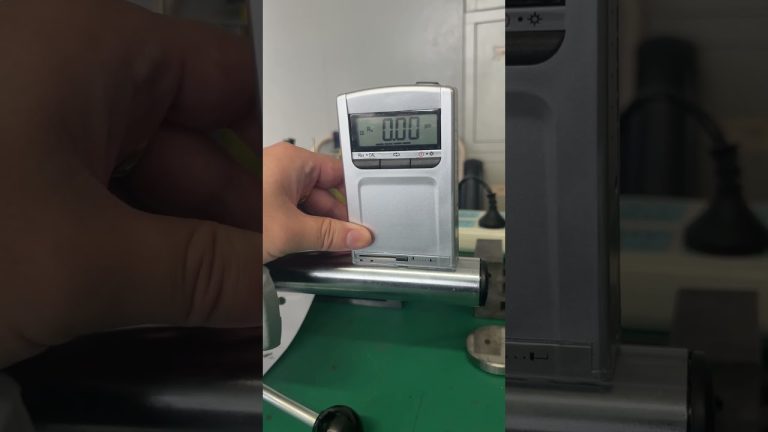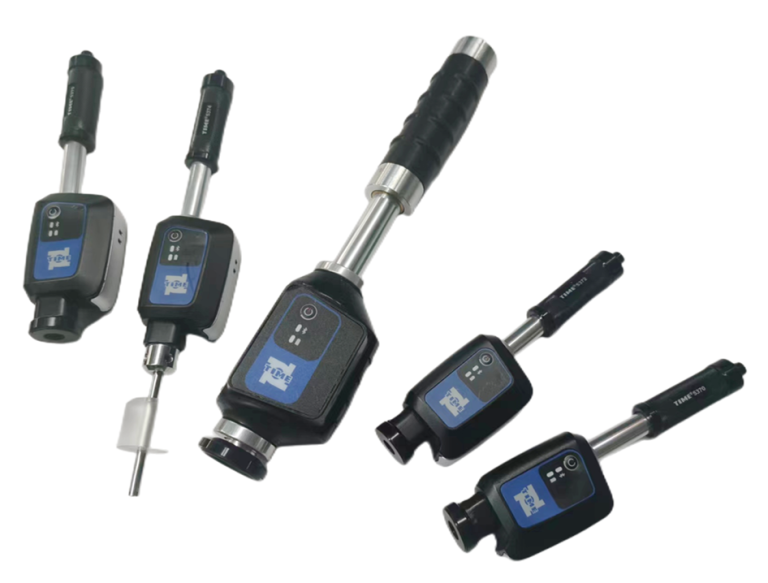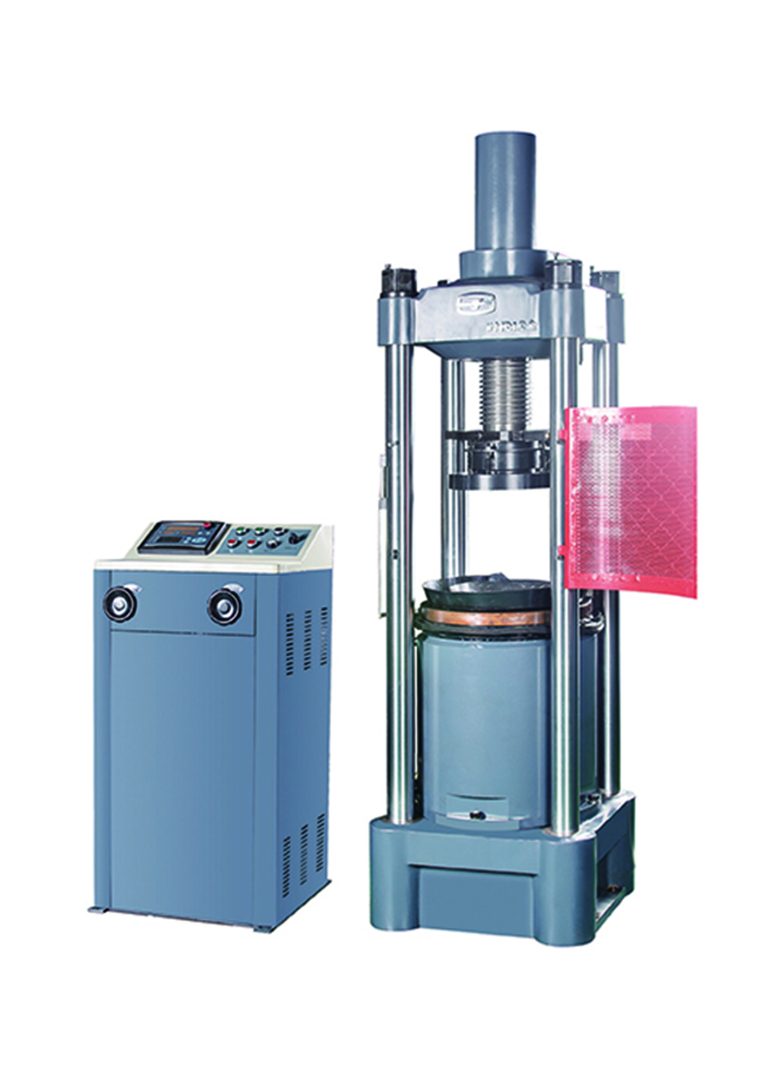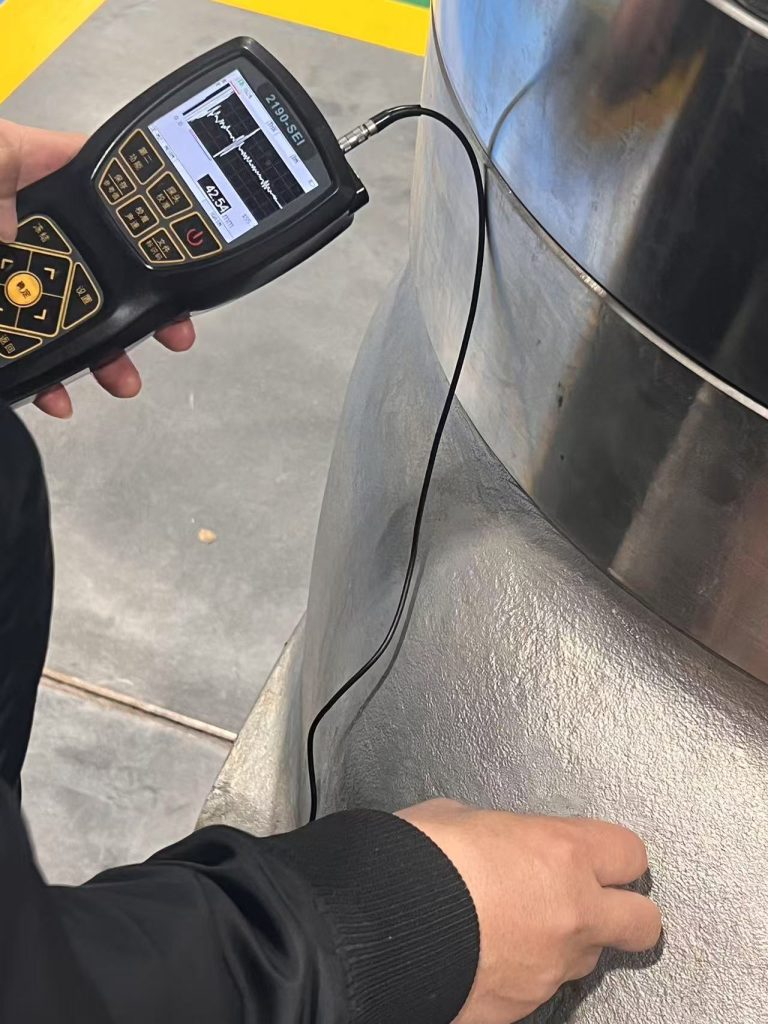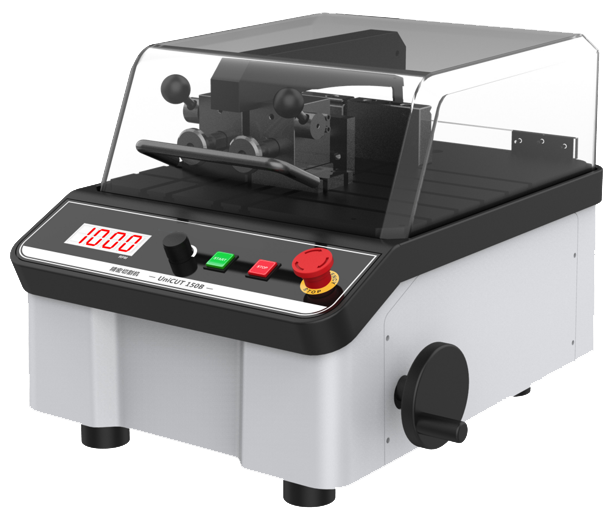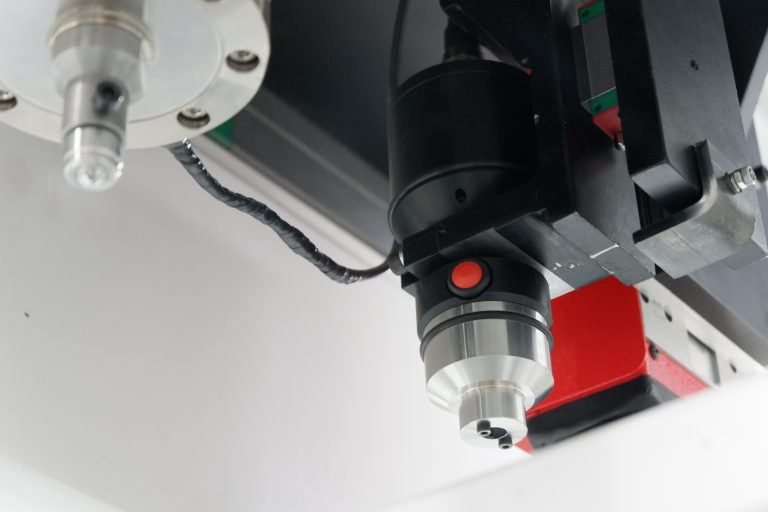Operating procedures for microcomputer controlled electro-hydraulic servo hydraulic universal testing machine.
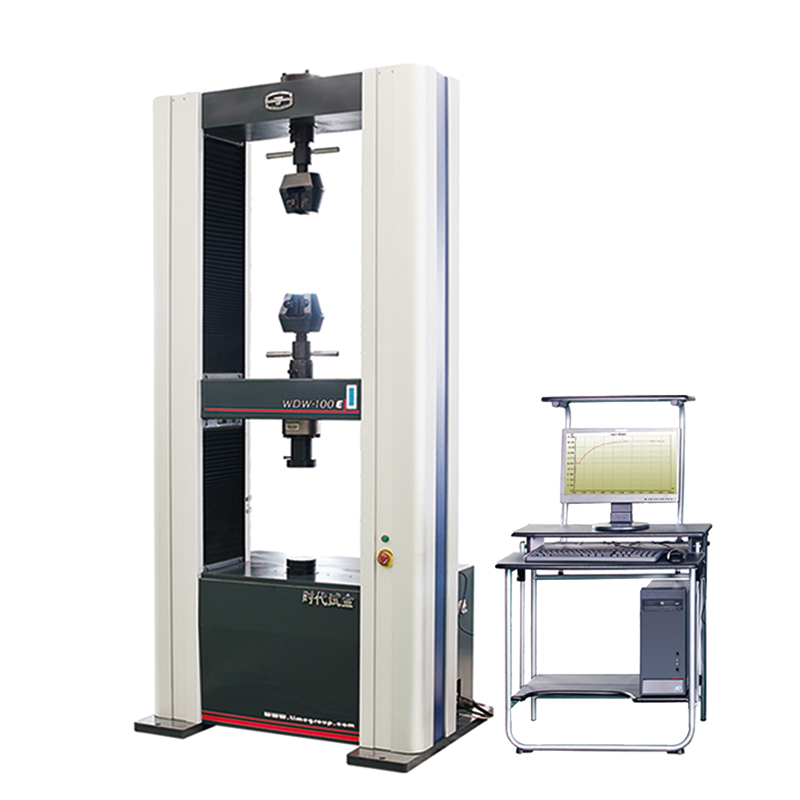
- Check the main power supply of the laboratory and turn on the main switch. Turn on the computer and enter the testing machine measurement and control software. Power on the controller.
- According to the test requirements, select the corresponding test type and appropriate measurement gear, create a new record of the sample, and save it. According to the shape and size of the specimen, install the corresponding chuck into the upper and lower jaw seats.
- Turn on the main power supply of the testing machine, start the oil pump motor, manually unscrew the oil delivery valve or control it through computer software to raise the test bench by about 10 mm, and then close the oil return valve. If the test bench is already in the raised position, there is no need to lift it first. Turn on the oil pump to deliver oil, and just close the return oil valve.
- Adjust the zero point of the test force (the piston is in the raised state).
- Turn the control cabinet operating mode switch to clamping mode, operate the control box to adjust the test space, and clamp the sample in the jaws. At this time, no matter how much the test force is displayed, the zero point should not be adjusted.
Then turn the operating mode switch back to working mode.
Note: The up and down buttons on the control box are only used to adjust the test space and cannot be used to stretch or compress the specimen. - Switch the test software to the start mode and conduct the test according to the loading speed required by the test.
- After the sample breaks, stop the test software, turn the operating mode switch of the control cabinet to clamping mode, operate the control box to remove the sample, return the mode switch to the working state, and stop the oil pump motor. Record required numerical values or use a computer to store and print test data and curves.
- Open the oil return valve and unload. Turn off the computer and testing machine.
- Clean the oxide scale on the jaws.
- Compression and bending tests can be performed with reference to the above items.

